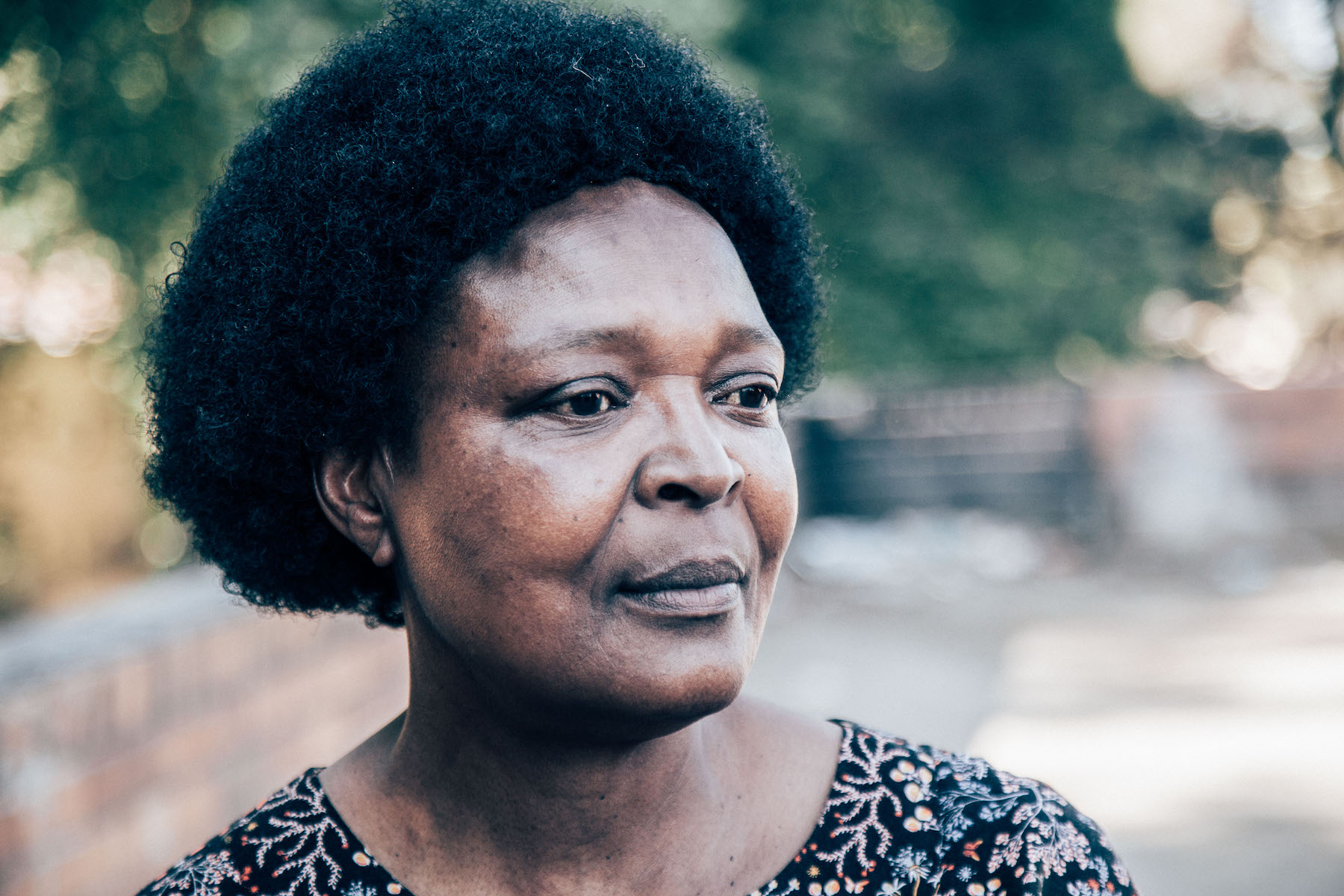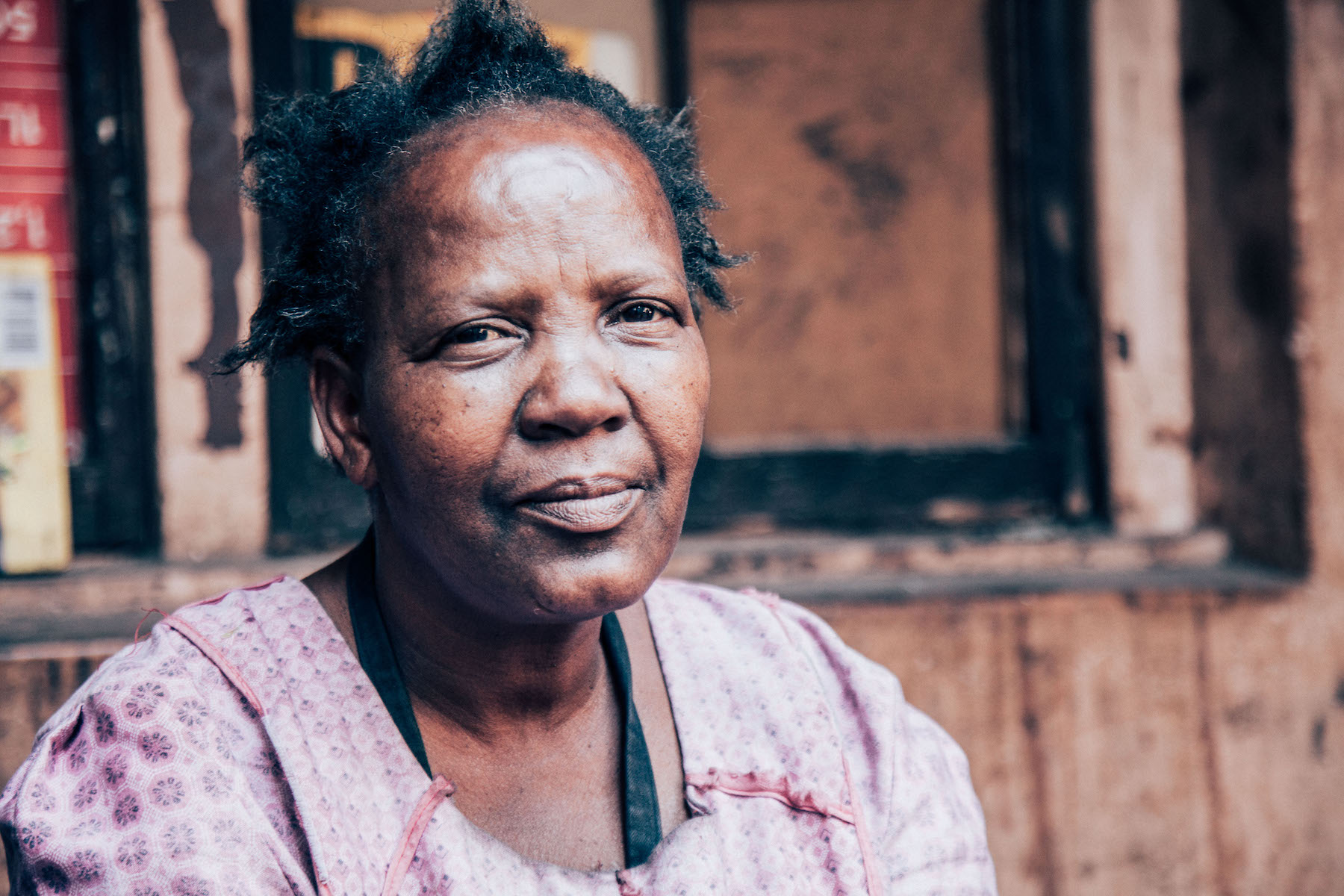In May 2014, a group of
residents from the district of Alexandra – Agnes is amongst them – decided to
overtake flats that had been vacant for over a year. Their fortune only lasted
for about six months. Then, the group was evicted by the police and brought to
a recreational center where they had to sleep in the hallways. Little later,
authorities decided to provide the people with what they call “alternative
accommodation” at Reyashuma Village until proper public housing could be arranged.
Mathapo and her family have stayed here ever since, sharing a handful of
toilets with 130 other families. “It's against human nature, the way they
brought and simply dumped us here,“ Mathapo resignedly reflects.
Just before their
eviction, Agnes and her fellows sought legal assistance. Luckily, they found a woman
who literally embodies the fight for housing rights in Johannesburg: Shereza
Sibanda. Politically socialized within the 1976 Soweto protests, she’s been on
the streets ever since, accusing public institutions and iterating politicians
to forget the provision of basic services. Now in her fifties, she’s
established her own organization, the Inner-City Resource Centre (ICRC), so as
to create a working link between city authorities, property owners and
residents. With rising rents on the private market and a lack of public housing
programs, most of her clients have never had a chance to find a proper home.

“People are tired,” Shereza
sums up the situation. “When you realize that there is not a single affordable
building around, then you understand that our voices are not properly heard.”
She has recognized that the only way to force the government to relent is to
create public attention.
In some places in the Inner City of Johannesburg, things even get worse.
Patience Segami sits on a rickety chair in front of her shack, just next to the
Sandringham and Sandhurst Courts in Berea. She is 55 but looks much older. Her
friendly smile does not hide her frustration about this unfavorable place.
